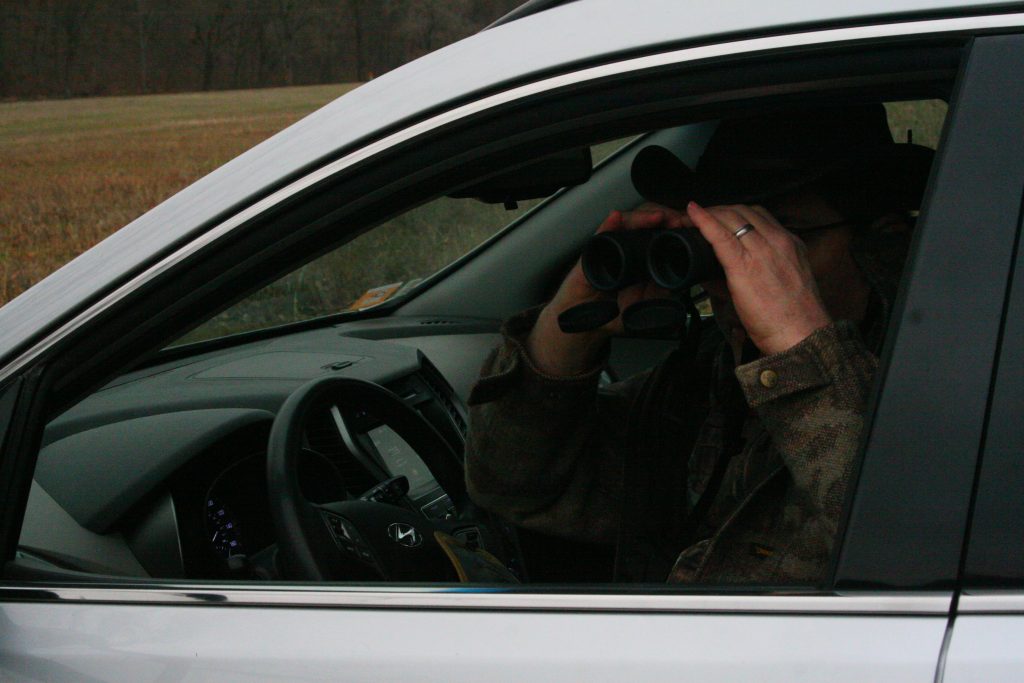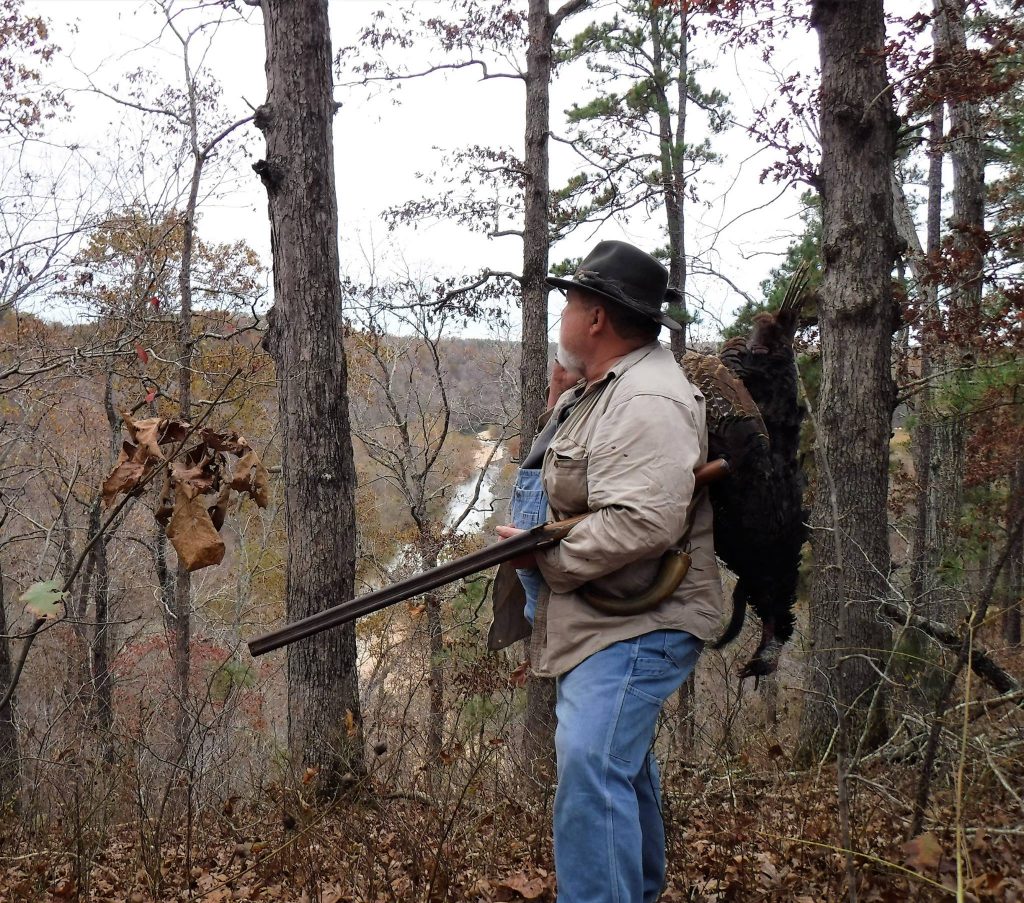Calling the Fall
Heed the advice of legendary turkey hunter Ray Eye: If you want to bag an autumn longbeard, sound like a gobbler.
The first day of the hunt was grueling; wearing out shoe leather climbing steep Ozark hills, calling and listening. We didn’t see or hear a bird that day. Had it been anyone other than “Uncle Ray” Eye, I would have had my doubts. We were in the heart of the Ozarks fall turkey hunting. I had heard the stories, but now I was living one.
Close Call
At 4 a.m., Eye cooked breakfast for the entire camp. After he ensured that we had warm sandwiches in our packs, we headed out. Our singular purpose: harvest an Ozarks fall gobbler.
It was a crisp October morning as we wound through the labyrinth of trails, carefully crossing a creek, with Eye leading the way to the first setup. Another media member brought up the rear. Eye instructed him to keep watch from a pop-up blind set up earlier that week at the bottom of the hill. The spot looked promising, as the ground was torn up with scratching. It was just a matter of timing; being in the right spot at the right time. After dropping off the other hunter, we proceeded up another steep hill.
Halfway up, as I stopped to catch my breath, Eye paused and called. Not a kee-kee run but yelping with a slower cadence. I was tired, so I didn’t really think too much of it at the time. Around the hill, a gobble sounded off. It was close. This wasn’t the way fall turkey hunting was supposed to be. Eye motioned for me to sit down against a tree. He found a tree close about 10 yards from me. As he sat down, he mouthed the words, “Get ready.”
Game on.
Eye yelped to the birds, and the gobblers replied while drawing closer. Two longbeards were gobbling like it was spring. The terrain was not quite as difficult for the turkeys as it was for me. Slowly working up the hill, the birds were just over a small rise out of my sight. I sat quivering, partly because of the excitement and partly because of the sub-freezing temps. A hard freeze covered the forest floor. I sat, shotgun to my shoulder, trying to keep the end of the barrel from shaking.
They were close. I heard the birds in the frozen leaves. At any moment, they would show themselves. Eye called once more, trying to coax the gobblers in to seal the deal. No response. I sat, shotgun ready. Eye called again with no response. I slowly turned my head to look at Eye with a look of puzzlement. His face said it all. Game over.
After 10 minutes of composing myself, I heard the hunter we had dropped off earlier walking up the logging road the birds had used. He too had heard the birds gobbling and decided he’d had enough of looking at the inside of the Double Bull blind. Our compadre’s sneak attack did not surprise the turkeys, and they disappeared like the hope of us harvesting two fall gobblers.
The Fall Gobbler Scene
After we got back to camp, Eye broke down the hunt, discussing what had gone wrong and what had gone right. I asked about scattering birds and using kee-kee runs to bring the turkeys back together. Eye said it had taken a couple of days to find those birds.
“That never made sense to me,” he said. “I’m supposed to bust a group of gobblers that took two days to locate so I can call them back?”
Eye has never been orthodox in his hunting methods or calling. Instead of busting up flocks and using the kee-kee runs to call them back, he goes for the jugular by challenging fall gobblers with gobbler yelps. Calling like a hen will bring in hens. If you want fall gobblers, sound like a gobbler.

“Those gobblers didn’t like the thought of a new gobbler being in their area and were coming over to see where the ‘new’ bird was in the pecking order,” Eye said. “The old-time fall turkey hunters were killers in the spring. If a bird wasn’t working, they knew how to call. Challenge the old gobblers with gobbler yelps. Gobbler yelping kills turkeys — not just in fall but in spring, too.”
Eye said hunters learning to gobbler yelp should try a box call.
“It’s the easiest call to gobbler yelp on,” he said.
The hierarchy battle among turkeys is nonstop. It doesn’t end after breeding season. Eye has observed and filmed turkeys for decades, seeing gobblers and hens fighting for dominance and displaying throughout the year. That’s what makes him such a threat in the turkey woods, spring or fall. He grew up fall hunting.
“Everyone fall hunted,” he said. “There were turkey camps all over the place. Today, no one fall turkey hunts anymore.”
Numbers back that up. In 1978, Missouri’s first fall season (firearms), hunters took almost 4.400 birds. In 2024, they shot fewer than 2,300. Eye said fall turkeys are concerned with two things: not getting eaten and eating. To be successful, you must locate their food source.

“Where two or three types of terrain come together — cover, water and open areas for bugging — that’s where you will find the birds,” he said. “Hunting turkeys is like fishing. You have all this terrain, but only certain spots hold turkeys. You can drive an old logging road in the Ozarks for miles and never hear a turkey. You have to know where the turkeys live. Set up in the area between the roost and these feeding areas, and use gobbler yelps. Gobblers will run in to investigate this new bird.”
This fall, dare to call like Uncle Ray, using gobbler yelps.
